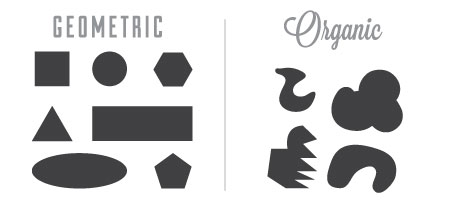
Other related topics to help you with your art: Illusions such as distance, depth, and perspective will not be possible without the use of space. Space is used to create a balance between objects.

However, positive space and negative space in art are interpreted differently. Space is such an important factor in art for this reason, it is counted as one of the seven elements of art.Īrtists use space to project their creative ideas in a piece of art. While bright colors could be used to project daytime, dark colors could be used to create the night sky. In abstract painting, an artist could use dark colors, light colors, dull colors, or warm colors on an empty space to make a great impact. It can be said to be the flipside of positive space. Negative space in art refers to the unoccupied area around the objects of artwork. Instances of positive space in art include the person in a portrait, the tables in abstract paintings, or the trees in a landscape painting. Positive space in art represents an area occupied by the main object in a piece of art. There are two main types of space in art, namely positive space, and negative space. Artists use all these types of space in their artworks. There are various types of space such as inner space, outer space, pictorial space, or personal space. It means that whether it is painting, photography, architecture, sculpture, drawing, or sketching, space is present in each visual art! It can be found in every piece of art created.Īccording to a famous American architect and designer, Frank Lloyd Wright, space is considered to be the breath of art. Space is equally important as color and form in art. It is one of the important elements of art. What Exactly is Space in Art?Īn empty area that surrounds or exists between, around, or within real or implied objects is known as space. By using space in a deliberate way, you can make your audience. It’s all about finding that sweet balance between positive and negative space.Īnd, you know, not just relying on the actual subject matter to convey your emotions. But if you want to show a sense of calm and serenity, you can use negative space to create some breathing room. You can make the space between your subjects, tight and cramped. By controlling the way you use space in your work, you can create a mood that speaks louder than words. The Role of Space in Expressing Emotionĭo you know how you can really convey some intense emotions through your heart? That’s where space comes in, my friend. You can use the rule of thirds, where you divide your canvas into thirds and place your subjects along those lines, or you can go against the green and place them in unexpected places to create some visual tension. Negative space is the empty space around in between your subjects, and positive space is a subject occupied by your subjects.īy manipulating the balance of positive and negative space, you can create some seriously eye-catching compositions.Īnother way to play with space is to think about the placement of your subjects. One way to play with composition is to think about how you were using space in your work. It’s all about arranging the elements of your work, like color, shape, and texture-to create a harmonious and balanced piece. So, when you’re putting together, a piece of art, composition is like the glue that holds everything together. So, if you want to make some serious art, keep these types of perspective in mind, and experiment with them! Composition in Art and the Use of Space This one is used to make compositions that are seriously dynamic, with three vanishing points, creating an insane amount of depth.

This uses two vanishing points, creating a more complex composition like still lives, or cityscapes.Īnd then there is the three-point perspective, which is the big boy of them all. Two-point perspective is when an artist wants to step up their game and add more depth to their work. This is often used for architectural drawings and landscapes. One-point perspective is the basic one, where all the lines lead to a single vanishing point on the horizon. These are the three main types of perspective that artists use. It’s all about creating a system of shapes and lines, that overlap and recede, making it look like the subject is in a 3D world. So, when it comes to creating some amazing art, perspective is like the OG of creating depth and distance on a flat surface, you know what I mean? 21 How is space used in art? Understanding Perspective in Art


 0 kommentar(er)
0 kommentar(er)
